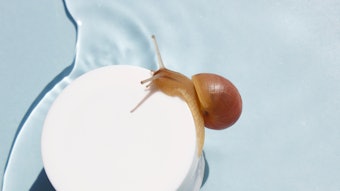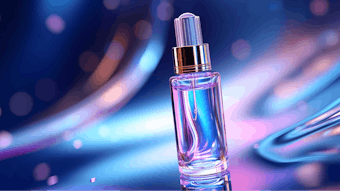Researchers at California State University, Long Beach, investigated the formation of collagen gels using modified gold nanoparticles. According to a report by the American Chemical Society, published in Biomacromolecules in 2008, the scientists used 1-ethyl-3-(3-dimethylaminopropyl) carbodiimide (EDC) hydrochloride coupling to cross-link modified gold nanoparticles covalently to collagen via peptide bonds.
The fibrous collagen gels reportedly lacked mechanical integrity and were opaque, blue and almost solid. They were studied with environmental scanning electron microscope, transmission electron microscope, micro-differential scanning calorimetry and trinitrobenzenesulphonic acid (TNBS) assay, and the cross-linking was found to sharply decrease the pore diameter of the collagen, depending on the concentration of the nanoparticles. These lightly cross-linked gels exhibited discrete nanoparticle arrangement in the collagen matrix, whereas the nanoparticles were interconnected in the more tightly coupled collagen network.
The collagenase biodegradation assay reportedly showed improved stability of cross-linked material while the cell viability assay indicated that the gold nanoparticles are not toxic at the concentrations used in gel synthesis. This new material reportedly has potential for the delivery of small molecule drugs, as well as gold nanoparticles for photo-thermal therapies, imaging and cell targeting.










